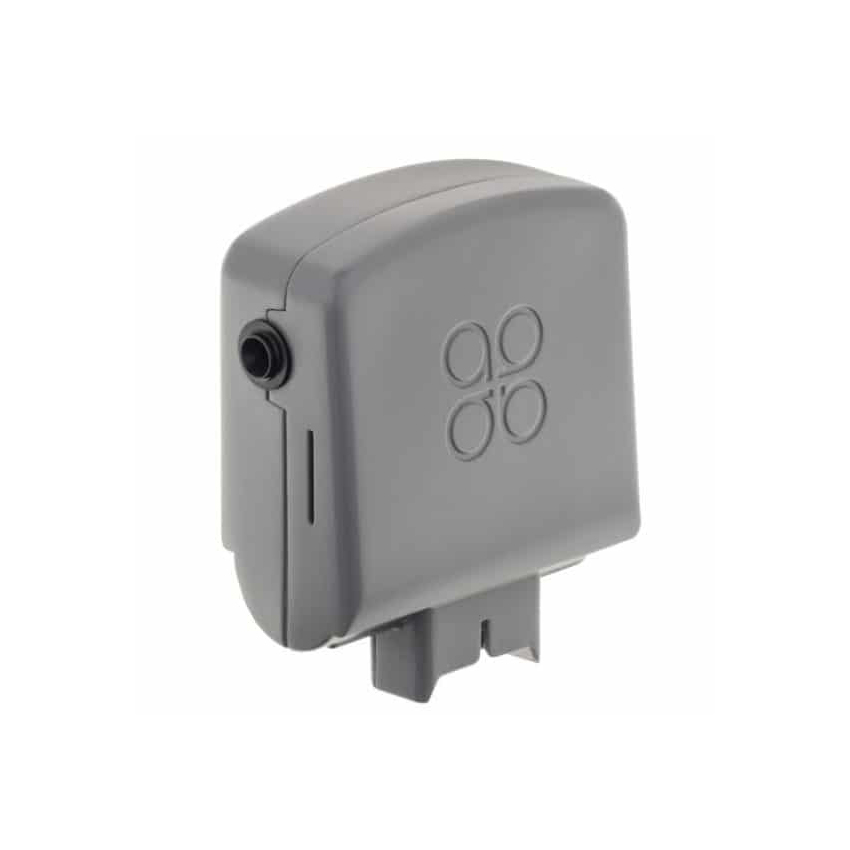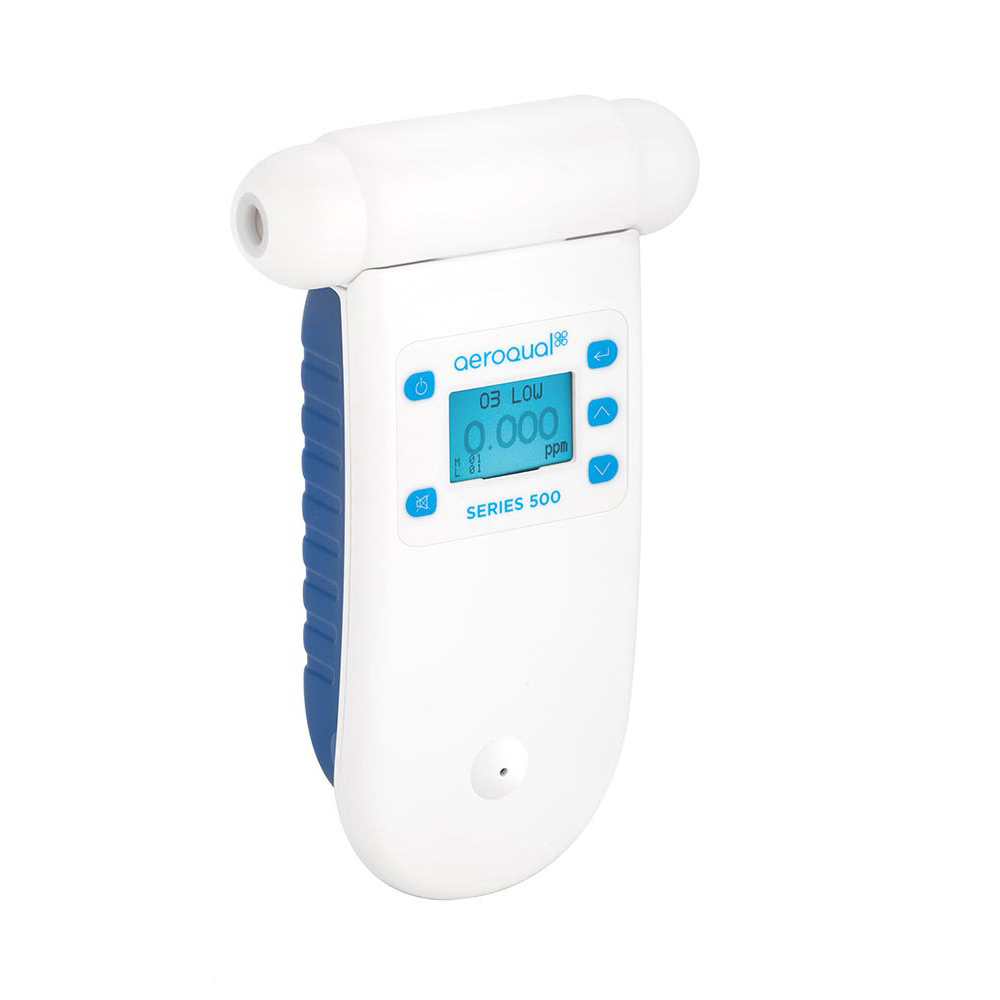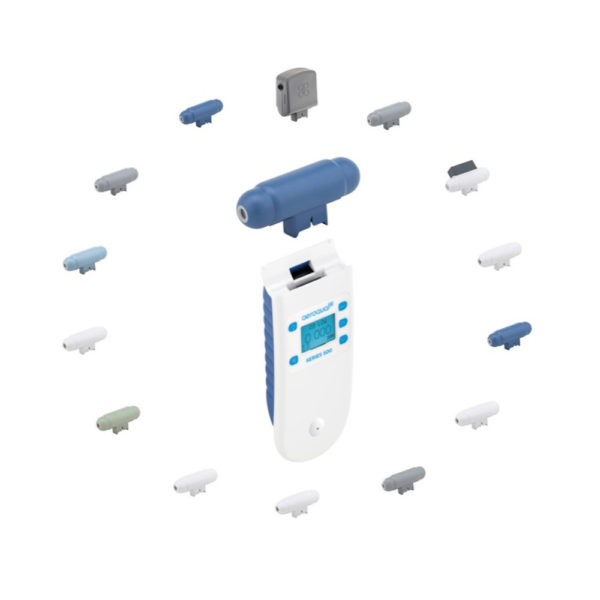PM2.5/PM10 Sensor Head
Fan-sampling laser particle counter (LPC) sensor: PM2.5/PM10 with RH correction
$750.00
Availability: 7 in stock
Product Information
For use with the Aeroqual Portable Air Quality Monitor.
PRODUCT FEATURES:
- The Aeroqual Particulate Matter (PM10/PM2.5) Sensor Head (0 – 1000 ug/m3) is designed for use with all portable monitors.
- Sensors are housed within an interchangeable ‘sensor head’ that attaches to the monitor base.
- You can choose from up to 30 different sensor heads. Each sensor contains a single gas or particle sensor.
- Swapping sensor heads takes seconds and no configuration or re-calibration is required.
- The Aeroqual Particulate Matter (PM10/PM2.5) Sensor Head (0 – 1000 ug/m3) which is compatible with Aeroqual’s Series 500 air quality monitor is designed to simultaneously measures PM10 and PM2.5 from 0.001 to 1.000 mg/m3 with a 0.001 mg/3 resolution and +/- (0.005 mg/m3 + 15% of reading) accuracy.
PRODUCT BENEFITS:
- Add up to 30 different gaseous pollutants (CO, CO2, NO2, VOC, O3, SO2, H2S and more)
- Active fan sampling ensures highest possible accuracy
- Monitor fits comfortably in the hand
- Automatic humidity compensation
- Can be field calibrated to a trusted reference source
- Long life lithium battery allows a full 24 hours in the field
- Download data direct to PC via USB
- Free PC software (Windows 7, 8, XP and above compatible)
- Measure PM10 and PM2.5 simultaneously
TYPICAL APPLICATIONS INCLUDE:
- Indoor air quality testing
- Personal exposure monitoring
- Dust monitoring
- Wildfire smoke monitoring
SENSOR HEADS:
- The Aeroqual Sensors are housed within an interchangeable ‘sensor head’ that attaches to the monitor base. You can choose from up to 30 different sensor heads. Each sensor contains a single gas or particle sensor. Swapping sensor heads takes seconds and no configuration or re-calibration is required.
HOW DOES IT WORK?
- The PM sensor head uses a laser and optical sensor to measure light scattered from particles passing through the laser beam. The optical sensor transforms scattered light into electrical signals which are processed to provide mass measurements – in this case PM2.5 and PM10.
- Active sampling and humidity compensation – Like all Aeroqual sensor heads the PM sensor head has an in-built fan to ensure a stable and precise flow of sample air to the sensor. The sensor head also compensates for humidity by way of an on-board humidity sensor. In humid conditions light scattering sensors are likely to read high because moisture surrounds particles, causing them to appear ‘bigger’. The humidity compensation feature reduces this effect on the measurement.
- Display and K factor application – The PM sensor head is supplied factory-calibrated and ready to use. An electrical signal is passed from the sensor head to the Aeroqual Series 500 base unit which displays the measurements on the screen in milligrams per cubic metre (mg/m3). For the 500 base unit, a gain (or K factor) can be applied to the sensor output. This allows users to adjust the readings relative to a trusted source such as EPA-approved reference monitor.
- Battery and datalogging – The Series 500 monitors come with a long-life Lithium battery. When using the PM sensor head the battery allows for 24 hours of remote operation between charges. Recharging takes just 3 hours. The monitor can be plugged into the mains and left to run indefinitely. Finally, in the Series 500 model, measurements can be stored on the device and downloaded later to a computer via the USB cable and bundled software.
PARTICULATE MATTER – WHY MEASURE IT?
- Airborne particulate matter (PM) is categorized into different size fractions. Total Suspended Particulate (TSP) includes all particle sizes and is a good measure of nuisance dust. PM10 (particles ≤ 10 microns) is a criteria pollutant and is a serious health risk because PM10 particles can penetrate the lungs. PM2.5 (particles ≤ 2.5 microns) is also a criteria pollutant which has even greater health impact due to risk of penetration deeper into the respiratory system. Research has linked particulate pollution to lung and heart disease, strokes, cancer, and reproductive harm.
WHERE DOES IT COME FROM?
- Natural sources – Large particles (generally PM10 and above) come from natural sources stirred up by wind or human activity. PM10 occurs naturally; for example, as sea salt, dust (airborne soil), or pollen. Airborne soil particles, although natural, are also produced by human-made processes such as construction and industrial activities. Natural particulates can make up a large portion of PM10 in some areas.
- As a pollutant – Small particles (generally PM2.5 and below) are by-products of combustion, e.g. emissions from vehicles and power stations. Particles from these sources react with other gases in the atmosphere to create particles of various chemical compositions. Gas to particle conversion can also produce fine particulate.
HOW WE MEASURE IT:
- In the portable monitor range we use a laser particle counter (LPC) for its small size and portability.
- Like all sensors in the portable range the PM sensor benefits from active fan sampling and comes factory calibrated.




